Choose from selected free online events in the next five days. All times are ET except as noted. Assume registration in advance is required; check so you’re not disappointed. Find out about many more mainly US events at Conference Keeper at https://conferencekeeper.org
Tuesday, 28 May
2 pm: Ottawa Virtual Genealogy Drop-In. OGS Ottawa Branch
https://meet.google.com/nvz-kftj-dax
2:30 pm: How to do More Genealogy in Less Time with Goldie May, by Richard K. Miller for Allen County Public Library Genealogy Center.
https://acpl.libnet.info/event/10558471
7 pm: Murder, Bigamy and New Beginnings: The Infamous Edward Wicklow, by Elysia DeLaurentis for OGS Wellington Branch.
https://wellington.ogs.on.ca/events/wellington-branch-murder-bigamy-and-new-beginnings-the-infamous-edward-wicklow/
Wednesday, 29 May
2 pm: Capturing Their Stories, Part II: Next Steps with Your Family History Interviews, by Colleen Robledo Greene for Legacy Family Tree Webinars.
https://familytreewebinars.com/webinar/capturing-their-stories-part-ii-next-steps-with-your-family-history-interviews/
Thursday, 30 May
8 am: Trouvez vos ancêtres à l’étranger sur MyHeritage, par Elisabeth Zetland pour MyHeritage et Legacy Family Tree Webinars.
https://familytreewebinars.com/webinar/webinaire-myheritage-en-francais-2/
6:30 pm: A Guide to Custom Passenger Lists: 1820 – ca. 1891 (US), by Logan Knight for Allen County Public Library Genealogy Center.
https://acpl.libnet.info/event/10557868
Friday, 31 May
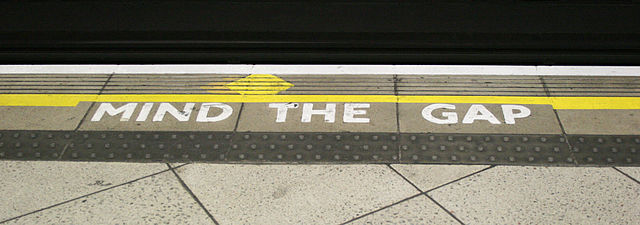
Saturday, 1 June
10 am: Irish Research in the Digital Age. by Nuala Farrell-Griffin for OGS London and Middlesex Branch.
https://londonmiddlesex.ogs.on.ca/events/london-and-middlesex-branch-irish-research-in-the-digital-age/
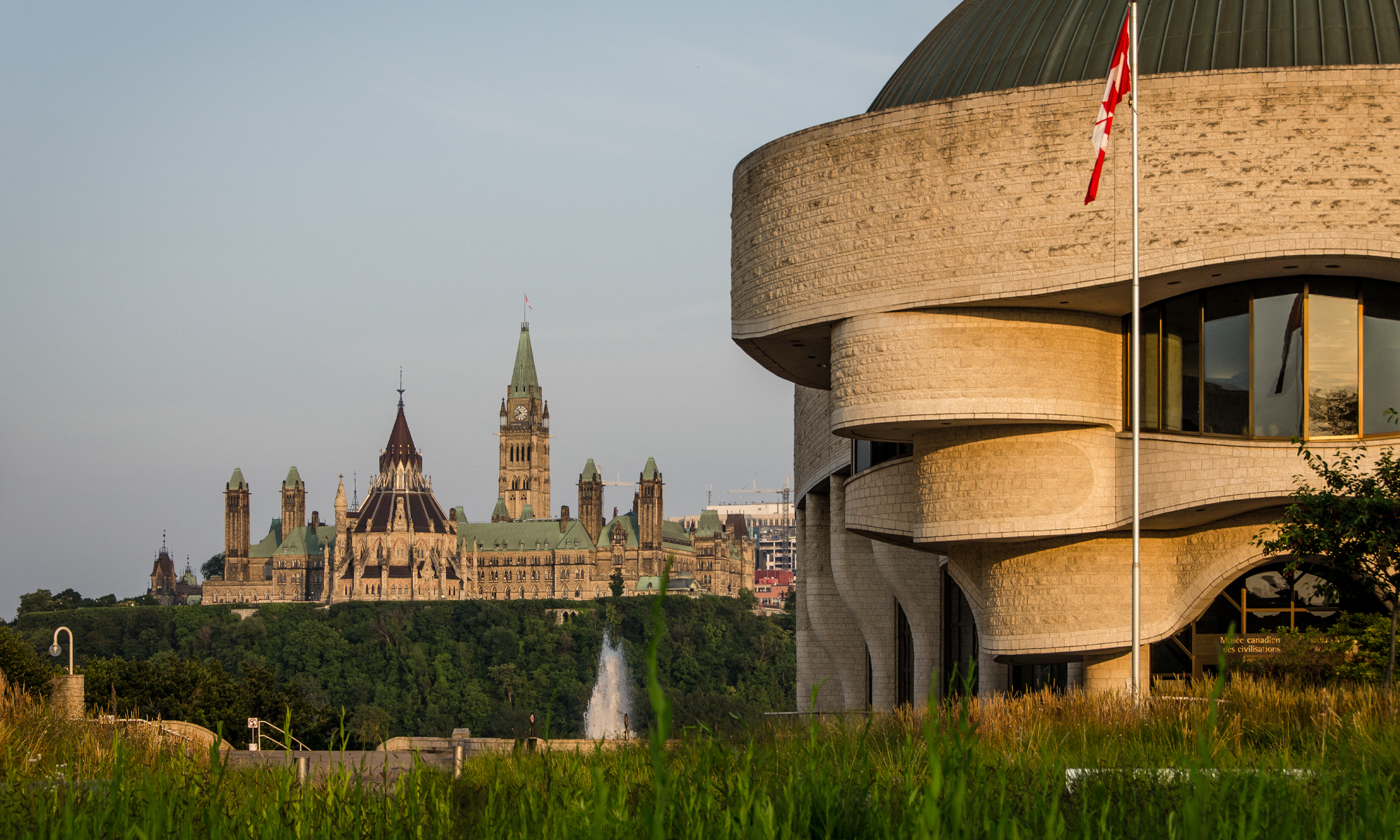

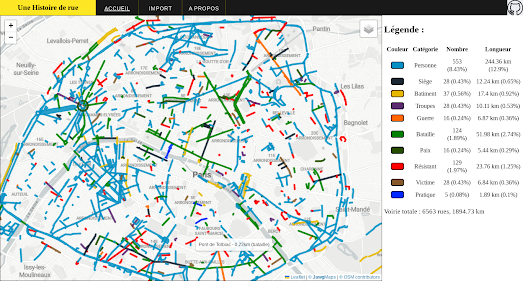
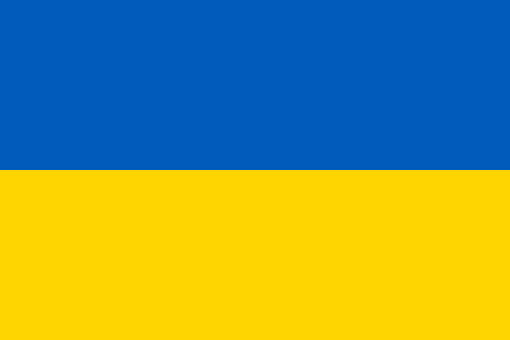
 With its latest
With its latest 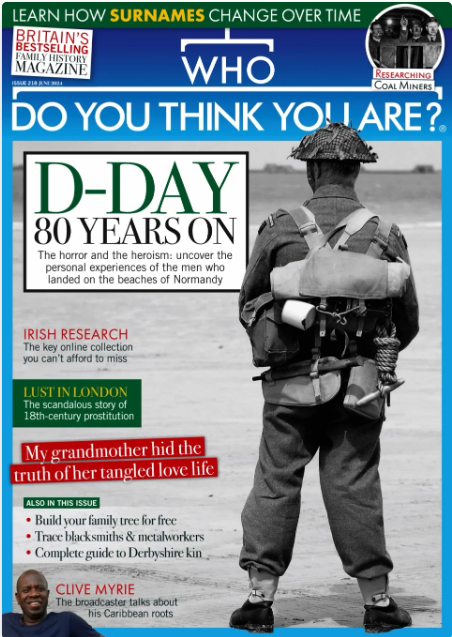 The 80th anniversary of D-Day features on the cover of the new issue. Gavin Mortimer pays tribute to the ordinary men who experienced an extraordinary event. There’s minimal reference to Canadian involvement.
The 80th anniversary of D-Day features on the cover of the new issue. Gavin Mortimer pays tribute to the ordinary men who experienced an extraordinary event. There’s minimal reference to Canadian involvement.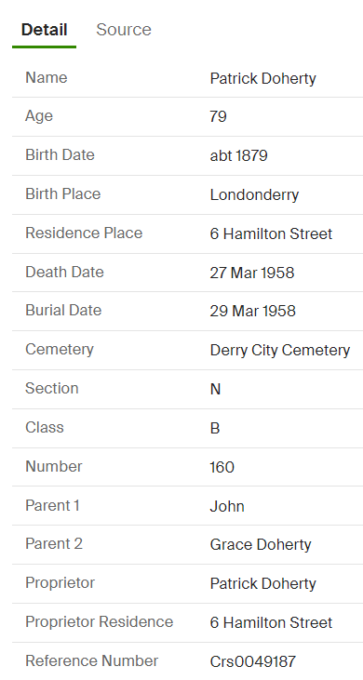 This new Ancestry collection contains
This new Ancestry collection contains